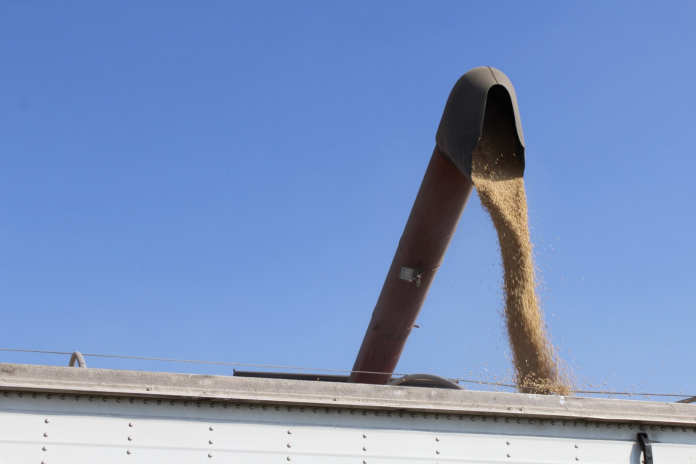Soybean, and to an extent, corn, purchases from China have stirred a rally that has November soybean futures over $10 for the first time since Dec. 4, 2017. The soybean rally started, interestingly, just after what has been termed bearish August U.S. Department of Agriculture reports.
Rally
As usual, the reaction was not so much a reflection of the numbers, but of the numbers the market expected. The reports may have been bearish, but not bearish enough. Reminds me of the old saying about spies: It is not if they are paranoid, but if they are paranoid enough. Add to the bounce off the report a pattern of continued buying by the Chinese, and you have a real rally.
Until recently, the reports of Chinese sales had not rattled the market, mostly because USDA methodology does not reflect them in their balance sheet analysis. That is, an export to China is not reflected in the numbers until it is actually shipped.
So far, as far as USDA is concerned, Chinese shipments are theoretical. Well, the time for shipment is at hand, and the market is reacting. The Chinese have bought beans from old-crop stocks for current shipment, and have a record-large book on for new crop.
The USDA now thinks China will import 99 million metric tons (MMT) of soybeans in the new marketing year, which started Sept. 1. Industry sources think it could be as high as 105 MMT.
The November soybean chart has had a line of resistance at $9.84. That connects some highs in January 2019 and a high in January 2020. The recent low was $8.31, in April. Recently, we have blown through that resistance, and were as high as $10.083⁄4 Monday, Sept. 14. That represents a gain of $1.761⁄4 since April 21, and a gain of $1.381⁄4 since Aug. 11, just over a month ago.
Contra-seasonal
So, now we wonder where we go from here. Ten dollars was a huge psychological hurdle, especially not that long after $9 seemed like a big target. This has been what is known as a “contra-seasonal” rally. That is, it comes counter to the normal expectations on the calendar.
Our highs tend to be in early summer on drought worries. This is mostly a demand rally, caused by more perceived demand than has been reflected in official numbers. I say, “mostly” because we have seen some supply changes in the last month.
The USDA reduced the expected yield by 1.4 bpa as a reflection of dry conditions and damage from the wind storm that mostly hit Iowa. In addition to that, we had two days of freezing weather in North Dakota last week. That came before the crop was finished, and did some damage to beans that were still green. In years past we would have ignored damage in North Dakota, much like we still ignore Pennsylvania and eastern Ohio in national statistics. However, acres have grown there until North Dakota is now the fourth largest producer of soybeans, by acres.
I mention Pennsylvania because drought there has farmers talking about 65% of a corn crop and a greatly reduced soybean crop. Soybean yields are difficult to project, so the volume of loss remains to be determined. The soybean rally has pulled up the corn prices, although unprecedented sales to China, still unshipped, have contributed to the price outlook.
December corn futures have gained almost 50 cents after we made a $3.20 low three times in a few days, the last time Aug. 12. Corn prices have never been relatively as high as soybeans in recent months, but they are now respectable.
The catch to all this is that harvest is at hand. The next two weeks will see wide-spread bean harvest in the Midwest. Some corn has been harvested here and there. It would be hard to believe that the rally continues into harvest. Now is the time for some major pricing, especially catch-up sales in soybeans.













